6 Menu Hacks to Get Your Customers to Order More
Most restaurant-goers are looking for an experience when they’re dining out—one that is worthy of their hard-earned money. Therefore, it’s important to craft the menu in a way that resonates with customers and even inspires them to take certain action.
Think of your menu as an opportunity to subtly educate and promote the extensive nature of the “source to table” process, which isn’t often thought of when placing an order. Subliminal messaging and the power of suggestion are great ways to guide the decision-making process.
Here are a few ways you can get your customers to experience your best dishes and, ultimately, order more.
ONE: THINK ABOUT HOW YOU ORGANIZE YOUR ITEMS
A well-designed menu is always comprised of strategically-placed dishes. When reading menus, most customers subconsciously order the top or bottom dishes from each list. Knowing this, you can drive sales of not only your most popular dishes, but dishes that you wish your customers would order more of, too. For example, you might feature your top-two profiting items in the first and second spot, and your third-highest profiting dish at the bottom. On a similar note, it’s also been found that people’s eyes naturally navigate to the top right-hand corner of a menu first. So, it would be wise to place your higher priced item here for sale purposes, which also makes customers feel like they are getting a deal on the less expensive items throughout the menu.
TWO: CONSIDER WHERE YOU PLACE THE PRICING…
Pricing is of course a motivating factor for diners in the decision-making process. To help customers instead make more informed decisions based on flavor preference, it’s best to highlight a dish’s title vs. the dish’s cost. To do this, you can place the cost directly next to the dish description so that the price bounces around the menu, rather than stacking pricing one after the other, which makes your customer more inclined to read through the price list first. This strategy ensures that your guest will read the item description first and then fall in love with the dish, which can then justify the price.
THREE: …AS WELL AS HOW YOUR PRICING IS DISPLAYED
How you display your pricing is just as import as the location of a price on the menu. According to global restaurant consultants AaronAllen & Associates, writing out the price (Twenty-Five instead of $25) can increase customer spend by up to 30 percent. That’s because this method keeps restaurant-goers from associating the price with actual dollars spent. In addition to writing out the price, you can take the emphasis off the cost by removing the dollar signs from your menu. So, just “25” instead of “$25.”
FOUR: LEVERAGE “THE GOLDEN TRIANGLE”
Coined by menu engineers, “the golden triangle” is a term that refers to the fact that our eyes typically travel to three places before scanning the rest of the menu. We tend to look at the middle first, then to the upper right-hand corner and lastly the upper left-hand corner. Consequently, these three locations have become prime real estate on restaurant menus. This is another great way to push sales of specific items! If a menu is well thought-out and designed, you’ll find the restaurant’s new or most profitable items here.
FIVE: INCORPORATE COLOR
People often underestimate the power of color in menu design, but color plays a HUGE part in branding for a good reason. That’s partly because certain colors evoke certain feelings. By keeping the psychology of colors top-of-mind, you can help sway the opinion of your guest without saying a word. For example, green is often associated with health and growth because it is primarily seen in nature. Highlighting a certain dish in green can give your guest the impression that a meal is healthy and fresh before they even read the description. On the flip side, a lack of color can evoke a finer dining experience. Keeping the menu monochromatic emphasizes the handcrafted burst of color you will serve.
SIX: GIVE THEM SOMETHING TO VISUALIZE
The more descriptive you are with your menu, the better. A list of ingredients only is pretty lifeless, but when you make your customers use their imagination, it helps paint the picture of how your dishes are prepared.
There are any many ways to elaborate on the ingredients. You can use evocative language, provide a personal backstory to the dish, describe how unfamiliar ingredients taste, or emphasize an ingredient’s geographical location.
Here is an example:
Shakshuka: Hickman’s Farm egg baked in a sweet tomato sauce with chilis and smoky cumin. Derived from the Holy Land of Jerusalem, this is a fall-time breakfast favorite in our Arcadia neighborhood.
By familiarizing patrons with the food, you’ll help them feel more comfortable spending $25 on a dish.
Another way to help sell your customers on a dish is to use nostalgia.
An example of this:
Chicken Pot Pie: Grandma’s flakey piecrust filled with roast chicken, baby carrots and spring peas.
Your diner will feel an emotional connection to the dish, making it harder to resist.






